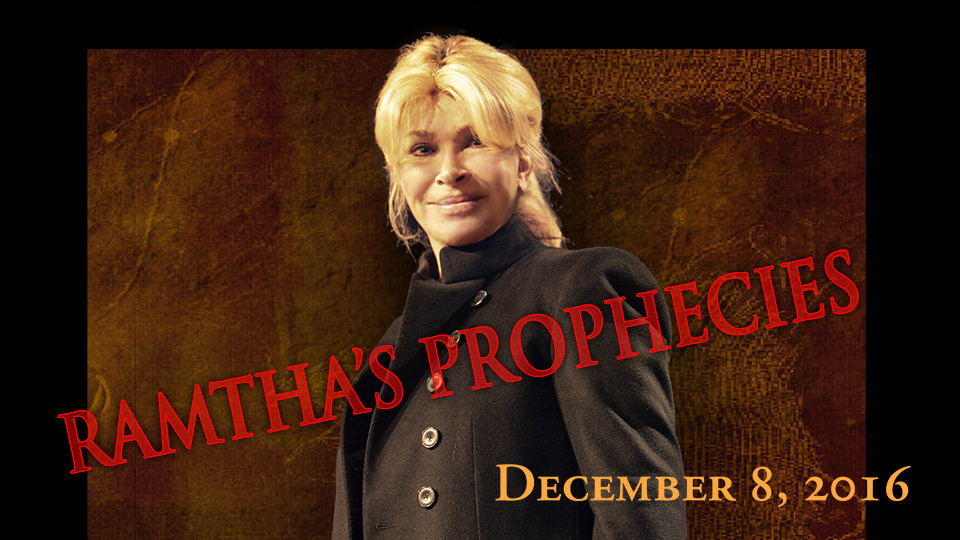Nature Healing Itself: The Days to Come That Are Here
October 2005
Twenty years ago Ramtha taught about the days to come where the Earth and nature would go through drastic changes in an effort to heal itself from the damages of pollution and the abuse of its resources. Ramtha’s forecast of the future at that time is now making it into today’s headline news. See here for yourself a small sampling of them.
“In these days to come, one should leave that which is called the beaches and seek higher ground. In the days to come, seek dry ground, higher ground, away from that which is called the oceans.”
“You will find, as it were indeed, storms that unleash that which is called a violence that you have never seen before, that are coming from that which is called the ‘Dead Horse Drones,’1 that are coming from that which is called, as it were, the equator. They have been called hurricanes. They are coming in profound fury because it is the only way that nature, in its endeavor to heal its wounds, can clean the air up and wash away the debris so that it can heal. Those are the things that are coming on your east and your west. And those storms, as it were indeed, are going to become more unpredictable. To that which is termed, as it were indeed, in the days to come, nature will heal its wounds that it can go on. It will get rid of that which is hurting it.”
— Ramtha
May 1986
(Excerpt from: Change — The Days to Come, May 17-18, 1986. Ramtha Dialogues®, Tape 120 Ed.)
ENDNOTE:
1 Dead Horse Drones: The Sargasso Sea, located between 20o to 35o North Latitude and 30o to 70o West Longitude. Currents in the Sargasso Sea are mostly dead calm. It is surrounded by some of the strongest currents in the world that interlock and isolate it completely, like the eye of a hurricane, from the rest of the Atlantic. Anything that drifts into its surrounding currents finds itself caught in the Sargasso Sea with little possibility for escape. This region, closely associated with the Bermuda Triangle, runs through what sailors traditionally call the Horse Latitudes because stalled ships, relying solely on wind power in the past, threw their horses and cattle overboard as a last resort to save on food and water.
Quoting from CNN’s reports on hurricane Katrina’s devastation, “New Orleans resembled a war zone more than a modern American metropolis Tuesday, as Gulf Coast communities struggled to deal with the devastating aftermath of Hurricane Katrina. New Orleans was left with no power, no drinking water, dwindling food supplies, widespread looting, smoke rising on the horizon and the sounds of gunfire. At least one large building was ablaze Tuesday. There are dead bodies floating in some of the water. The rescuers would basically push them aside as they were trying to save individuals.”
“Much of the city, including the famed French Quarter with its colonial-era buildings and wrought ironwork, is below sea level,” reported the News Telegraph from the UK.
Before Katrina, hurricane Camille had been the most devastating hurricane ever recorded in the area. “Camille killed 143 people when it struck the state’s coastal counties in 1969 and left a total of 256 dead after it swept inland,” as reported by CNN.
On the other hand, the devastating fury of hurricane Katrina has yielded at least a death toll of 964 people in the State and rendered tens of thousands homeless, reported MSNBC.
“There are grand industrial plants that are going to fall, as it were indeed, under violence of nature because the plants are poisoning the water and it is polluting the seas. And that which is delicate balance that is lovely and beautiful is becoming no more because of a convenience.”
— Ramtha
May 1986
(Change — The Days to Come, May 17-18, 1986.)
CNN news reported that “The impact of Katrina on U.S. oil production and refinery capabilities may be worse than initial reports estimated and could lead to a national gas crisis in the short-term, analysts warned.”



